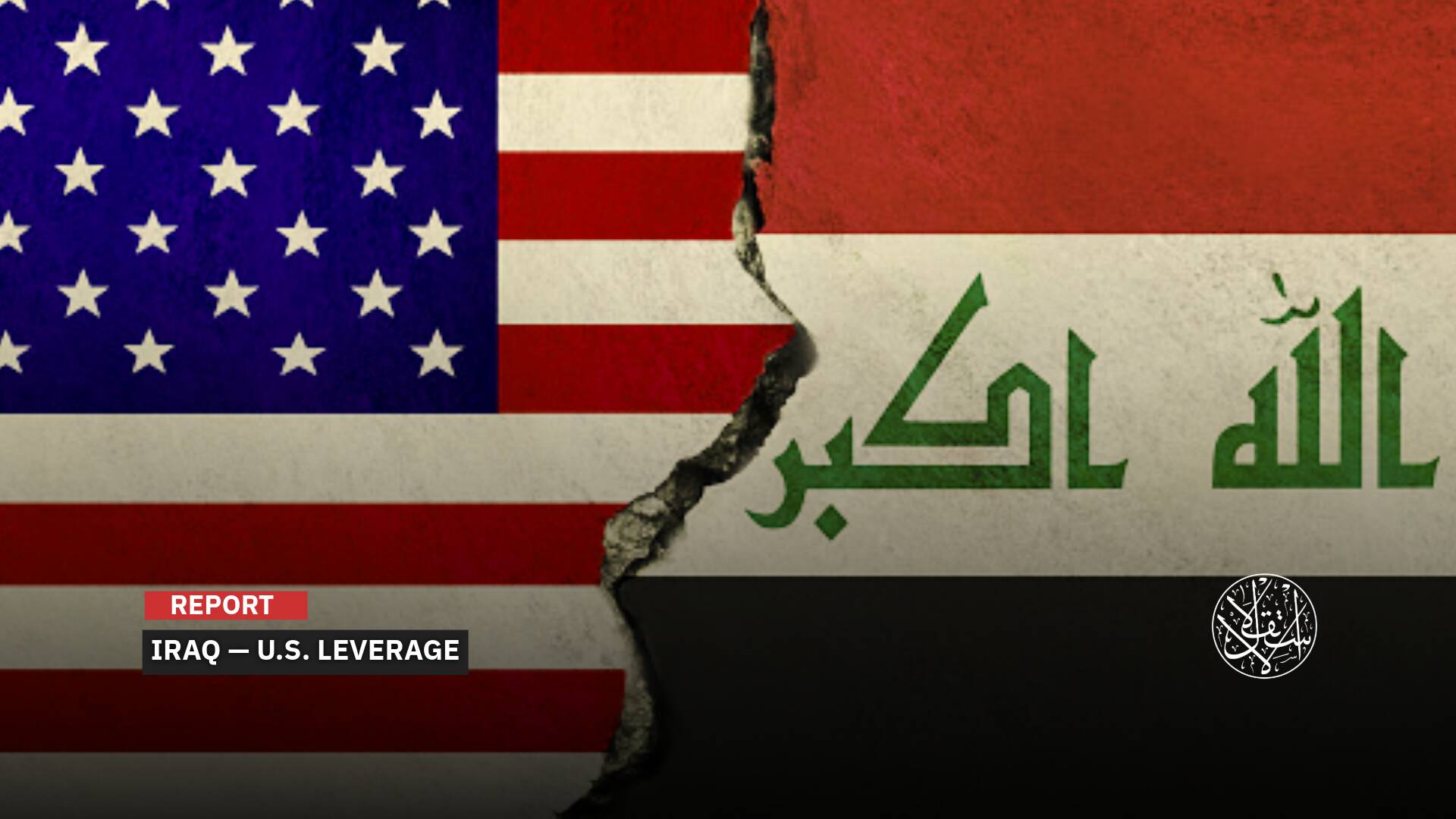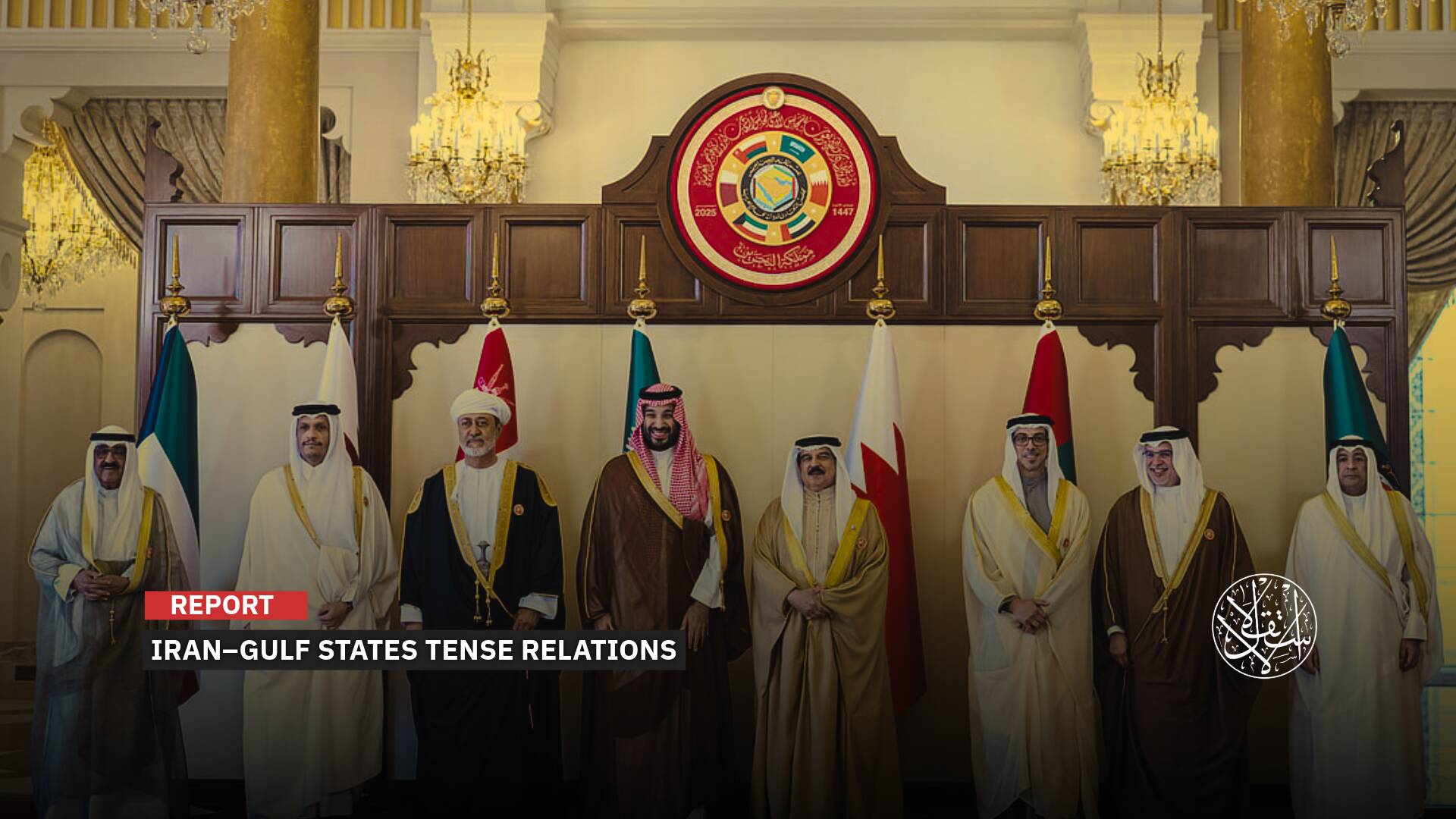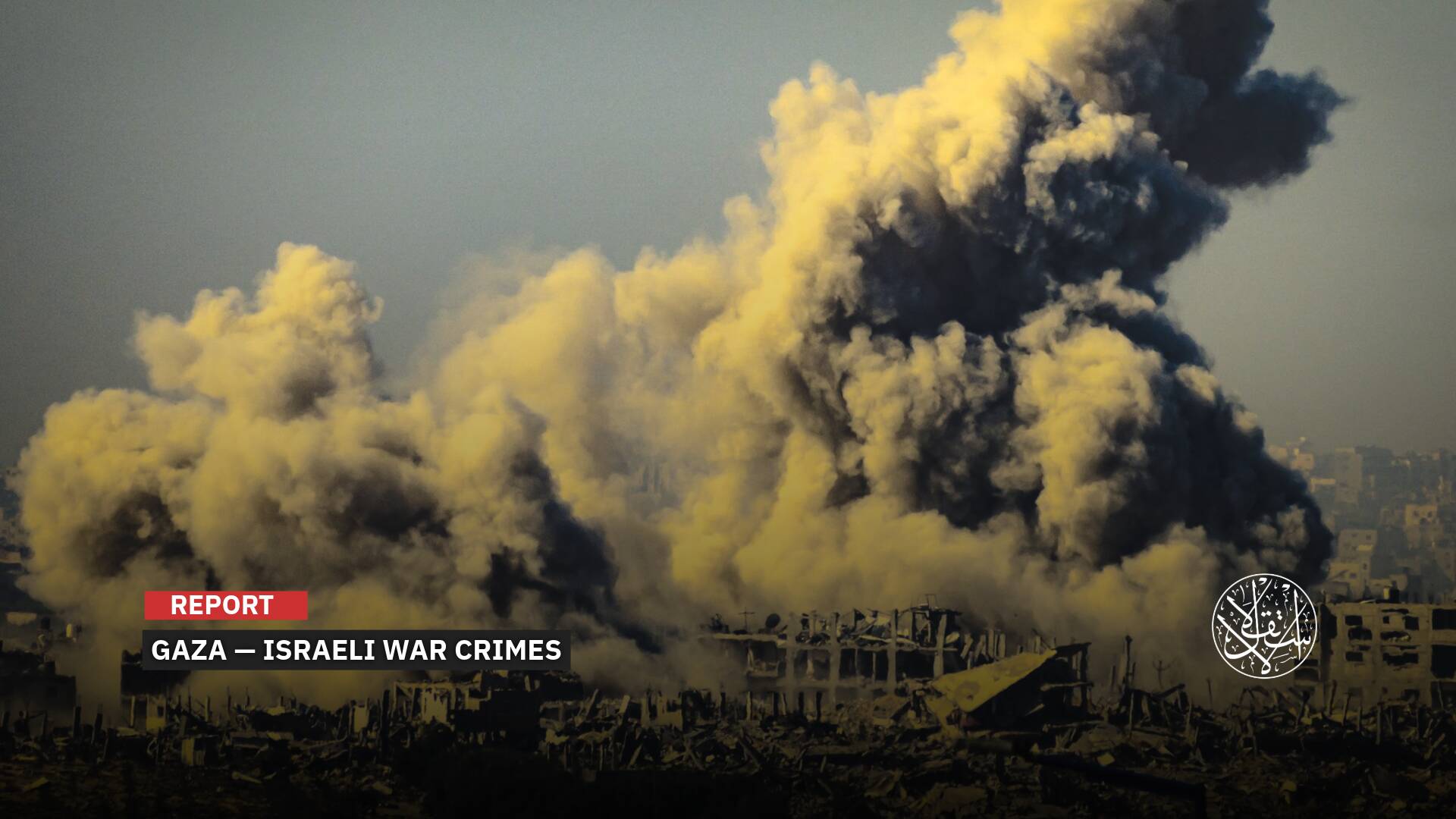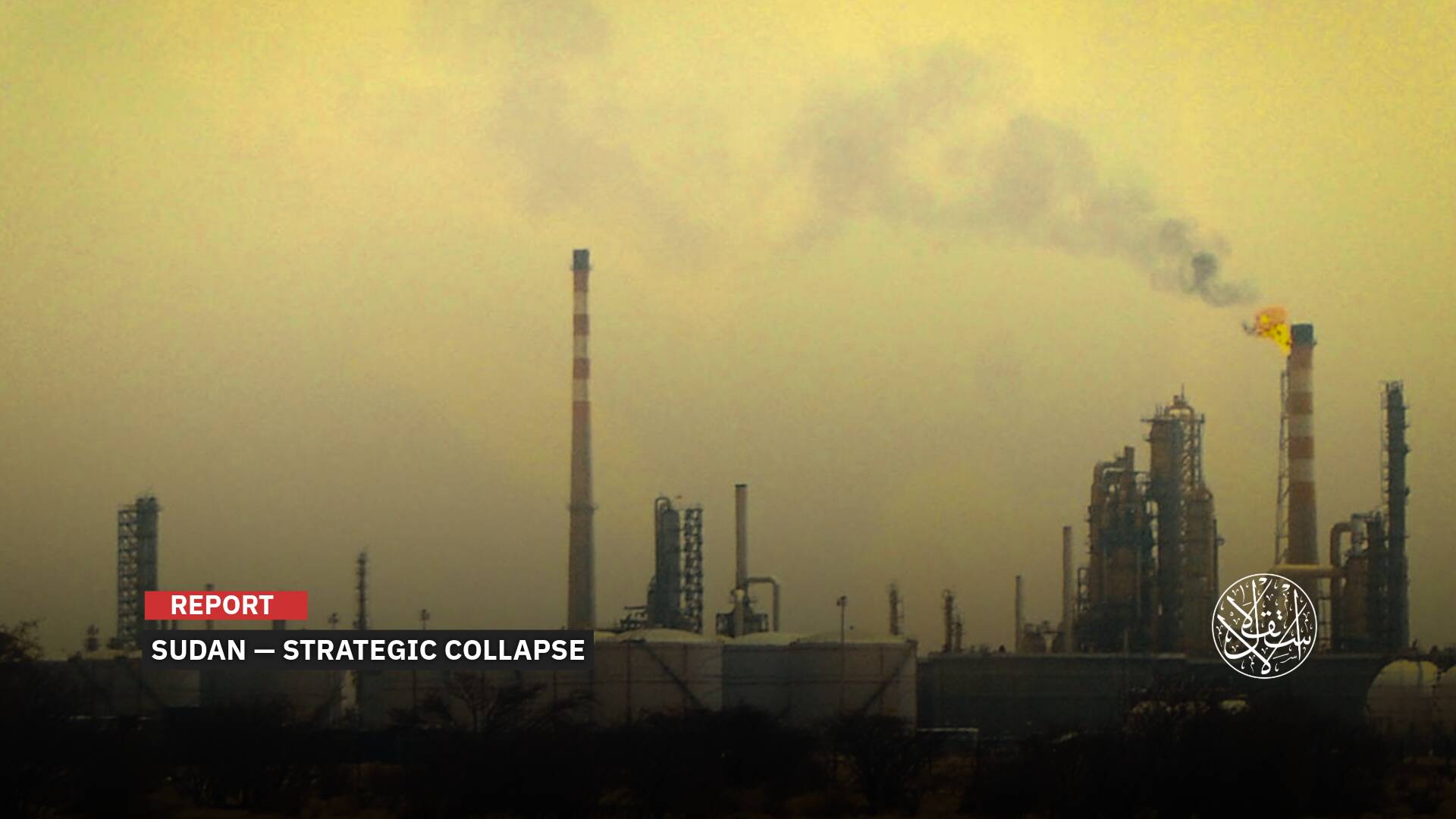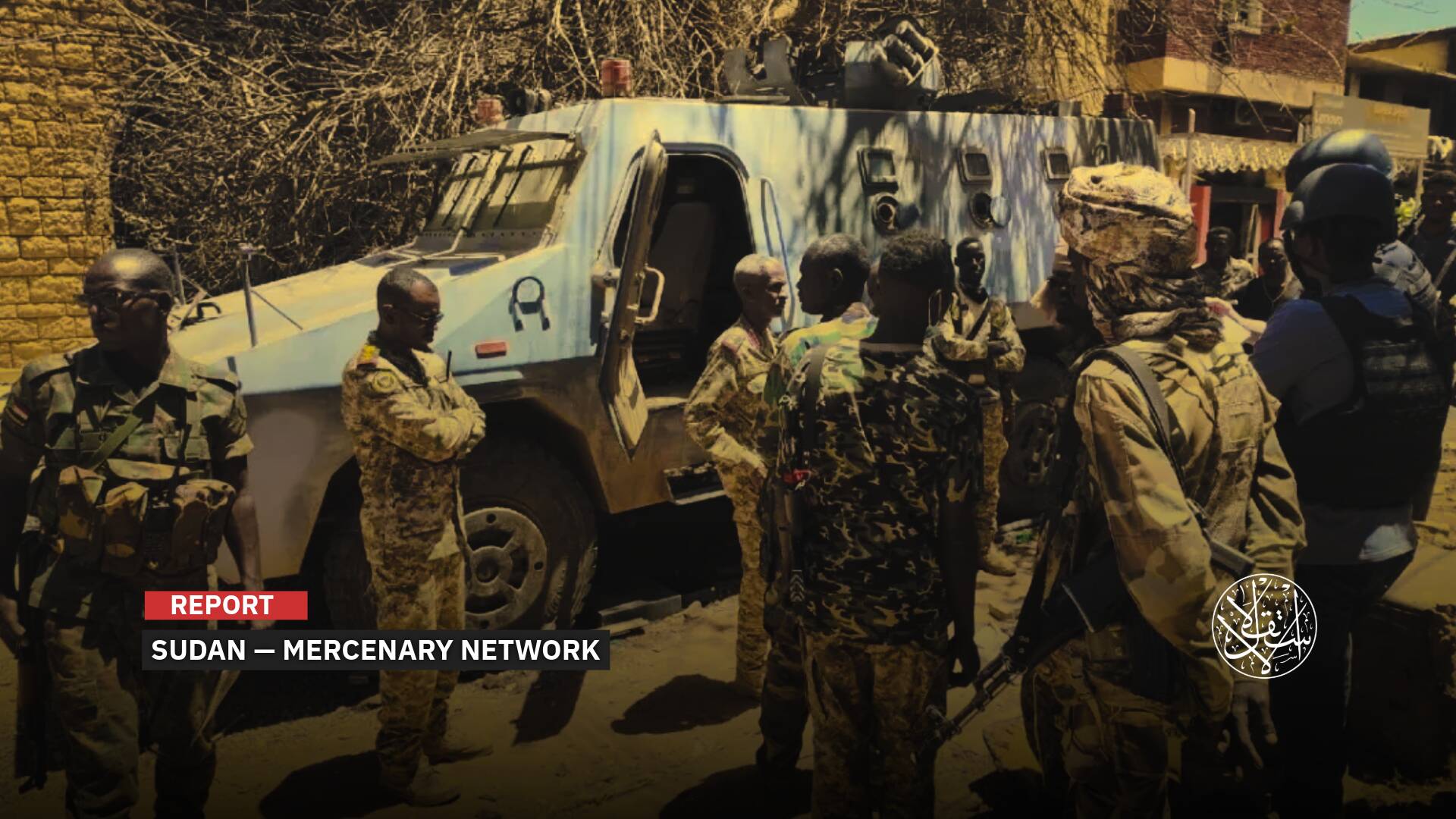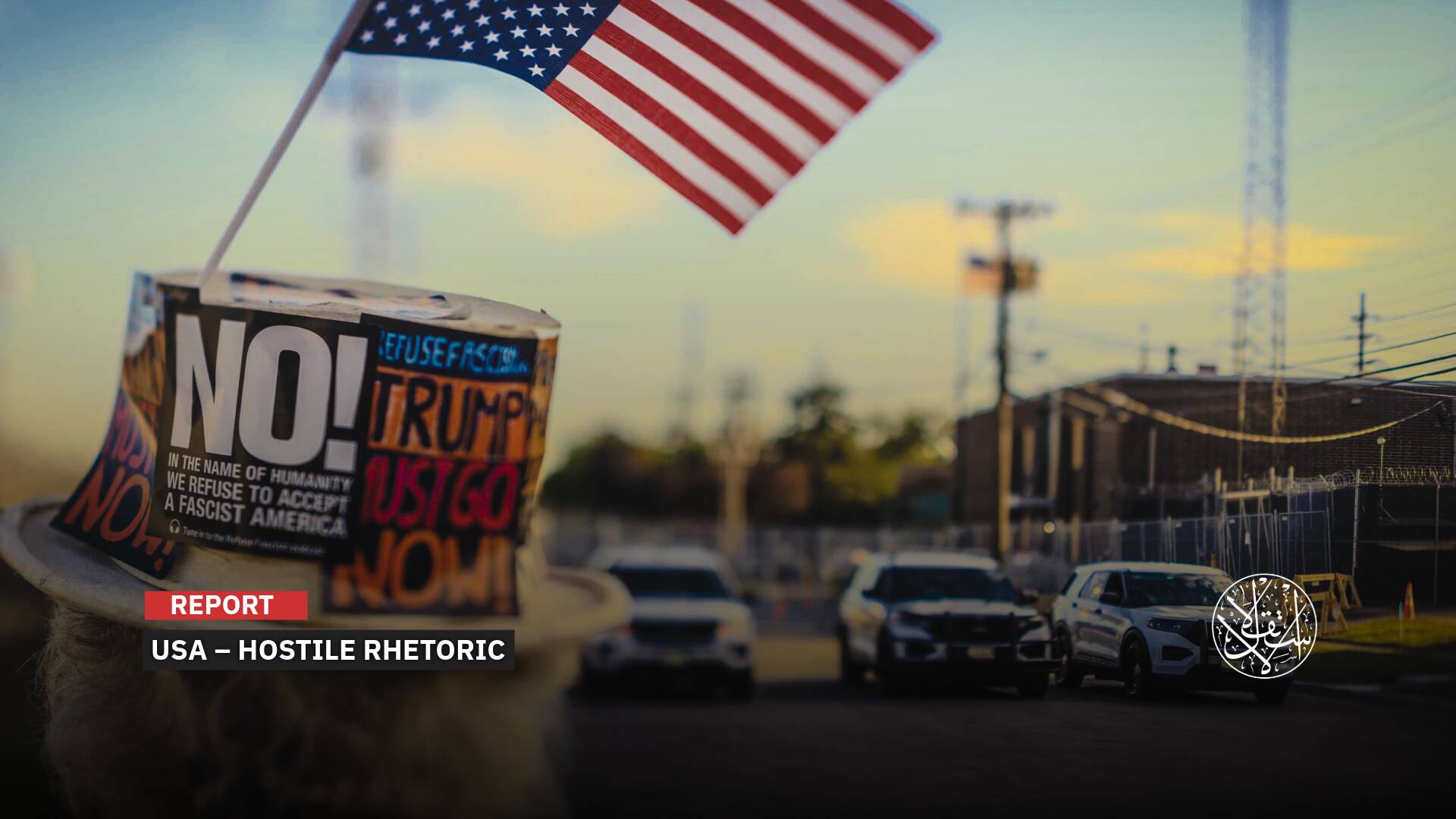A New Nuclear Age: How Does China Plan to Ramp up Its Weapons and Nuclear Programs?

Last week, the Pentagon said that China is rapidly expanding its nuclear arsenal and could have four times as many warheads as it does now by 2035, narrowing its gap with the United States.
The report, which comes weeks after China suspended a key nuclear arms control treaty, said that Beijing was seeking to modernize and increase its nuclear weapons to bolster its deterrence in case of a conflict with Washington.
China has been enhancing its military capabilities in recent years, with a focus on its nuclear force. Its actions have alarmed many countries, especially in the Asia-Pacific region, where tensions over Taiwan have risen amid regional disputes and geopolitical rivalries.
The Pentagon also said that China was preparing to start a new reactor on its coast, about 135 miles from Taiwan, that could provide fuel for a major boost to its nuclear stockpile, potentially making it a nuclear peer of the United States and Russia.
Nuclear weapons:
— World of Statistics (@stats_feed) April 29, 2023
Russia: 6,257 (1,458 active, 3039 available, 1,760 retired)
United States: 5,550 (1,389 active, 2,361 available, 1,800 retired)
China: 350 (actively expanding nuclear arsenal)
France: 290
United Kingdom: 225
Pakistan: 165
India: 156
…
China’s Nuclear Capabilities
China has been a nuclear power since 1964, when it successfully tested its first atomic bomb. But for decades, Beijing maintained a relatively modest nuclear arsenal, enough to deter an attack but not to compete with the superpowers.
That may be changing under President Xi Jinping, who has embarked on a sweeping modernization of China’s military, including its nuclear capabilities.
According to a new Pentagon report, China could have as many as 1,500 nuclear warheads by 2035, more than quadrupling its current stockpile of about 400.
The report, which was released as part of the Pentagon’s nuclear posture review, said China was expanding its ability to launch nuclear weapons from land, air, and sea. It also said China was developing new types of warheads and delivery systems, such as hypersonic missiles and ballistic missile submarines.
The Pentagon warned that China’s growing nuclear arsenal posed a challenge for the United States, which has to deter two nuclear rivals—Russia and China—at the same time. It also said China’s intentions were unclear, and that Beijing had not been transparent about its nuclear policies and plans.
China’s buildup creates uncertainty about its future trajectory and raises questions about crisis stability and the potential for miscalculation, according to the report.
The report’s estimate of China’s future nuclear arsenal is higher than previous projections by independent experts. The Stockholm International Peace Research Institute, for example, estimated last year that China had about 350 nuclear warheads and that it could increase that number to 700 by 2027 and possibly 1,000 by 2030.
Some analysts have questioned whether China has the resources and the motivation to build such a large nuclear force. They have also pointed out that even if China reached 1,500 warheads by 2035, it would still lag far behind Russia and the United States, which each have more than 4,000 warheads in their total inventories.
But others have argued that China’s nuclear buildup is driven by its perception of a changing security environment and its desire to assert itself as a global power. They have also warned that China’s nuclear expansion could undermine strategic stability and increase the risk of an arms race or a conflict in the region.
Bonny Lin, director of the China power project at the Center for Strategic and International Studies, a think tank in Washington, said China’s nuclear buildup was “a cause for concern” and that the United States should try to engage Beijing in dialogue on nuclear issues.

Russian Support
China’s support for Russia in its conflict with Ukraine goes beyond rhetoric. The country is also preparing to start up a new nuclear reactor that could boost its plutonium production, a key ingredient for atomic bombs. And the fuel for the reactor comes from Russia, which has recently delivered 25 tons of highly enriched uranium to China.
The nuclear deal is a sign of the deepening cooperation between the two countries, which have vowed to strengthen their strategic partnership and counter the United States and its allies.
The reactor, called the Rapid Generator, is a type of “fast reactor” that can produce more fissile material than it consumes, potentially allowing China to expand its nuclear arsenal faster.
The Pentagon is alarmed by the development, which it sees as a threat to the global balance of power. China and Russia already have large nuclear stockpiles that rival those of the United States, and they are modernizing their weapons and delivery systems. They have also placed a foremost priority on space warfare and long-range strikes, according to U.S. officials.
“It’s very disturbing to see Russia and China cooperating on this,” said John F. Plumb, assistant secretary of defense for space policy, at a congressional hearing in March. He was responding to a briefing by a U.S. official who revealed the details of the nuclear deal, which was first reported by AFP.
The deal was finalized at a summit between President Vladimir Putin of Russia and President Xi Jinping of China in Moscow in March, where they pledged to enhance their nuclear cooperation.
The summit came amid rising tensions between Russia and the West over Ukraine, where Russia has massed troops near the border and threatened to invade if its demands are not met.
The new reactor in China is expected to be inaugurated later this year, according to AFP. It is located in Gansu province, in northwest China, where China operates other nuclear facilities. China has not disclosed how much plutonium it intends to produce with the reactor, or how it plans to use it.
Plutonium is one of the two main fuels for nuclear weapons, along with highly enriched uranium. Both materials can also be used for civilian purposes, such as generating electricity or powering spacecraft.
China claims that its nuclear program is peaceful and that it adheres to its obligations under the Nuclear Nonproliferation Treaty.
However, China has not signed or ratified the Comprehensive Nuclear-Test-Ban Treaty (CTBT), which bans all nuclear explosions. It has also not joined the Fissile Material Cut-off Treaty, which would prohibit the production of fissile material for weapons purposes. China says it supports these treaties in principle, but wants to see more progress on nuclear disarmament by other countries before joining them.

Preparing for a War?
China has been building nuclear reactors along its coast, claiming they are for peaceful purposes only. But some experts and lawmakers are skeptical, pointing to the fact that the reactors produce plutonium, a key ingredient for nuclear weapons.
China has denied any such cooperation for nuclear war with Russia and any intention to use its reactors for military purposes. It has also said that it adheres to a policy of no first use of nuclear weapons, meaning it will not launch a nuclear attack unless it is attacked first.
But analysts say China’s nuclear expansion is driven by several factors, including its desire to maintain a credible deterrent against potential threats, its perception of the United States as a rival, and its ambition to become a global superpower.
To fuel its nuclear ambitions, China needs more fissile materials, such as plutonium and highly enriched uranium. That’s where the coastal reactors come in.
China has four operational fast-neutron reactors on its coast, which can produce more plutonium than they consume. It also has two more under construction and plans to build dozens more by 2035, according to the World Nuclear Association.
China says these reactors are part of its efforts to develop clean energy and reduce carbon emissions. It also says it has placed its plutonium under international safeguards and has no plans to divert it for weapons use.


